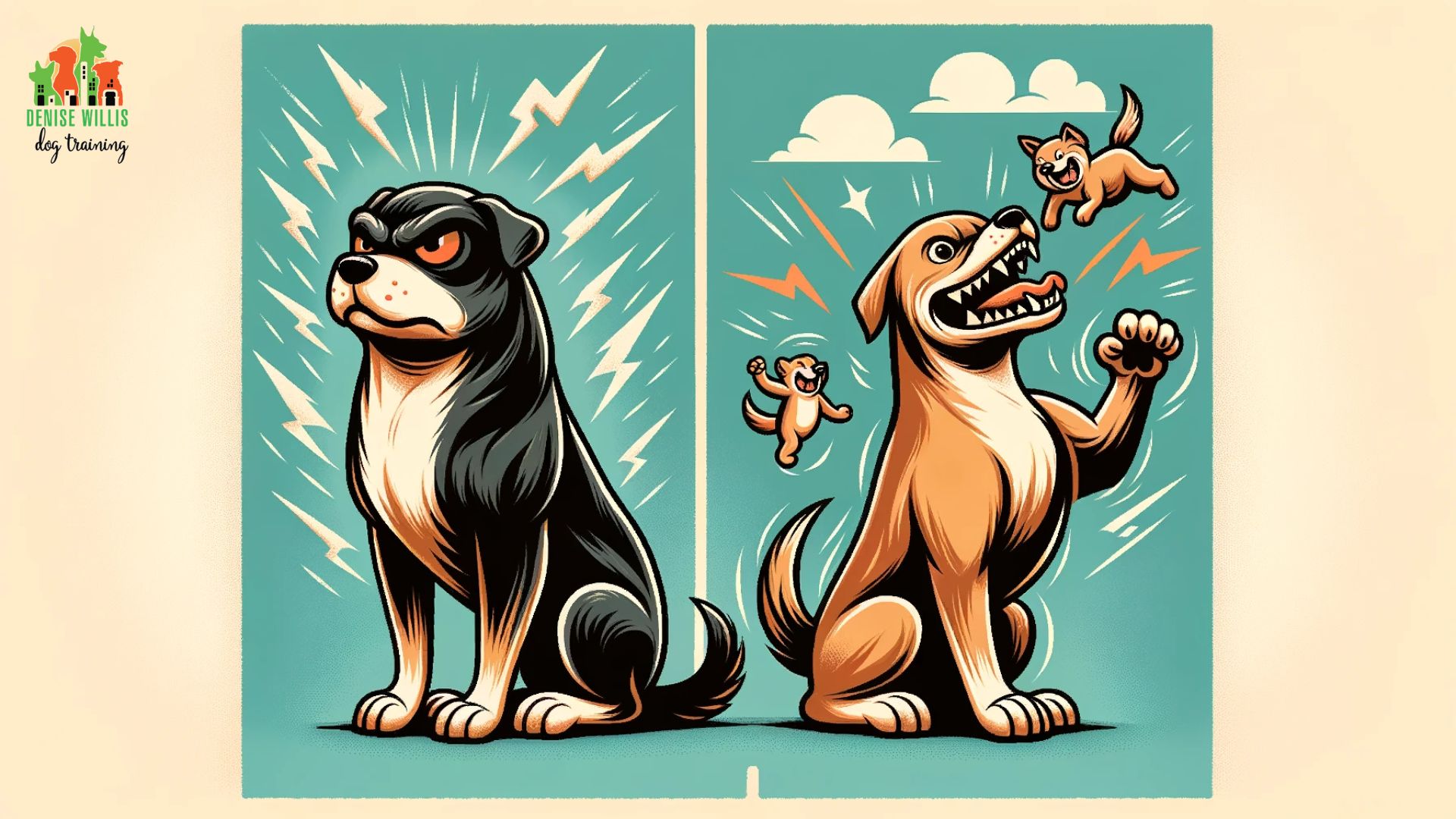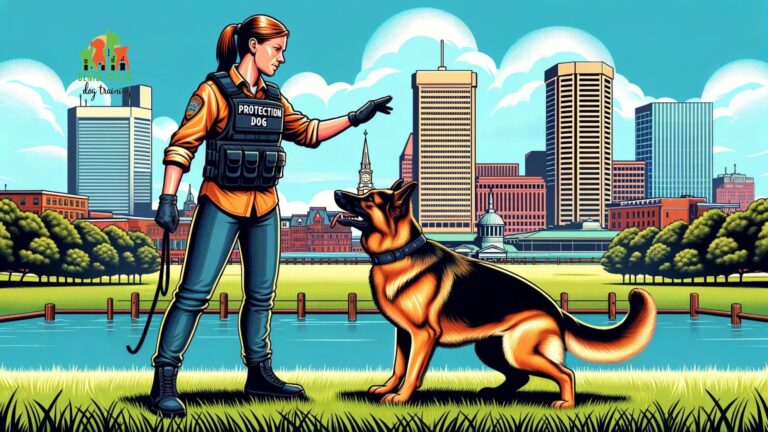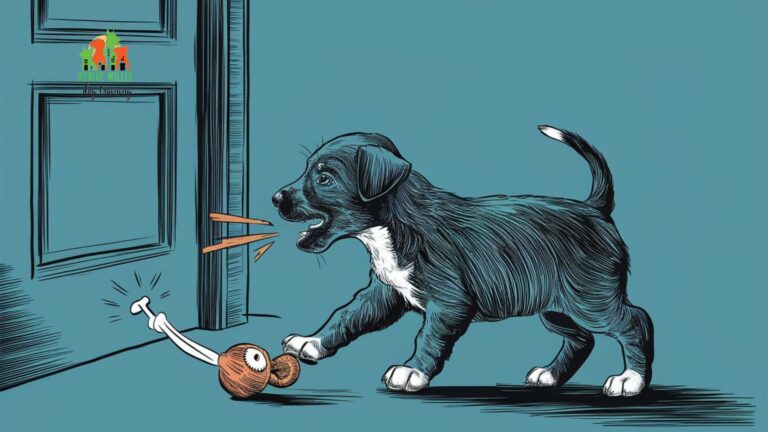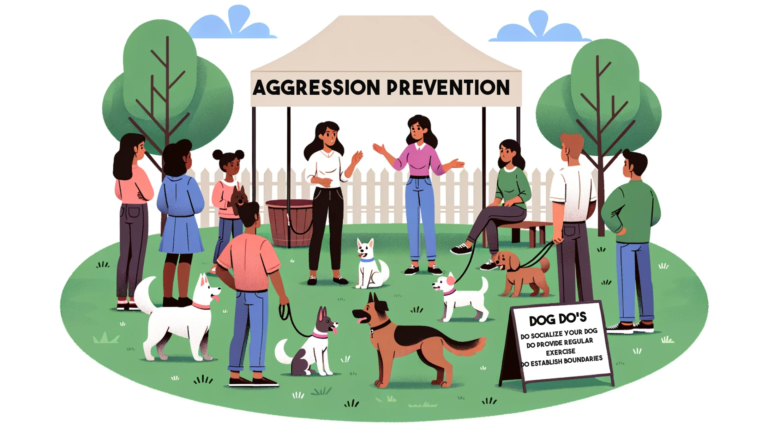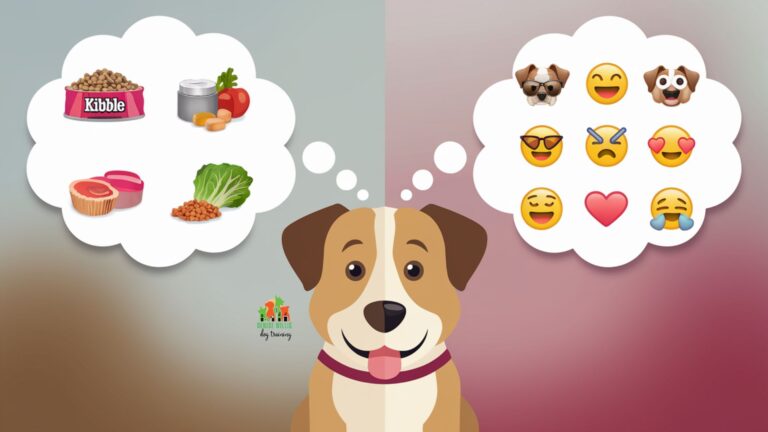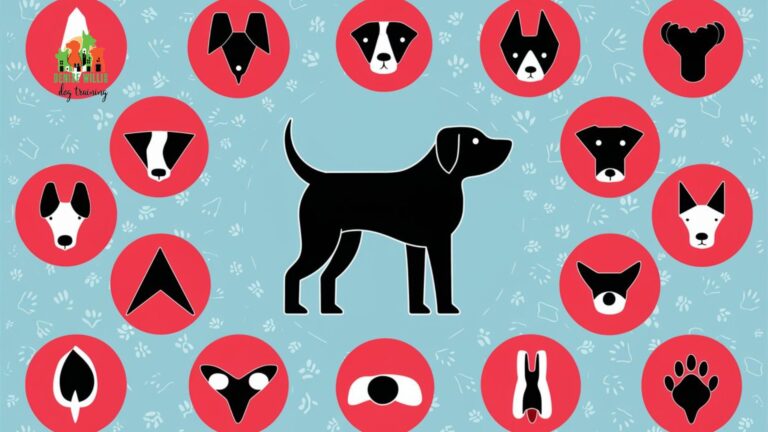Dog Aggression Vs. Playfulness: A Comprehensive Guide for Responsible Owners
📍 Service Area Notice: DW Dog Training provides in-person training services exclusively in the Greater Baltimore area. While our blog content is designed to help dog owners internationally, our hands-on training services are locally focused. For readers outside our service area, we hope you find value in our articles and welcome you to reach out with questions!
Roughhousing and wrestling are a natural part of how dogs play and interact. From puppyhood through adulthood, our canine companions use mock fighting and chewing behaviors to establish relationships and social structure. While play-fighting is normal dog behavior, it’s important for pet parents to be able to tell when play has crossed the line into aggression.
Understanding the difference between playfulness and aggression in dogs is crucial for keeping everyone safe and happy. This in-depth guide will cover the signs, causes, and prevention tips you need to help your furry friend avoid negative situations.
Key Takeaways
- Play fighting is normal dog behavior but can sometimes cross into true aggression.
- Look for play signals like play bows, trading off “winning,” open mouths without force, and loose body language.
- Signs of aggression include stiff/tense posture, harsh growling, constant chasing, and ignoring cues to stop.
- Fear, pain, guarding resources, lack of socialization, and dominance disputes are common triggers for aggression.
- Start socialization early and use only positive reinforcement training to prevent issues.
- Intervene at the first sign of escalating rough play to keep it friendly.
- Seek help from certified trainers or behaviorists for ongoing aggression issues.
- Punishing warning signs like growling risks teaching dogs to skip warnings and bite.
- With vigilance, early intervention, proper training, and socialization, play can stay fun!
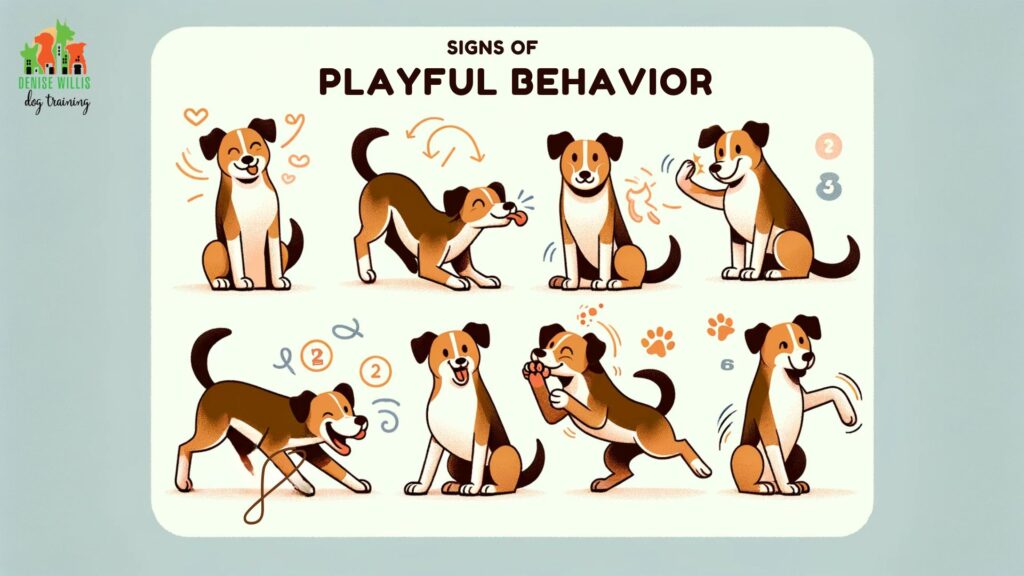
Why Do Dogs Play Fight?
Before diving into the differences between play and aggression, it helps to understand why dogs play rough in the first place. Scientists have proposed several evolutionary reasons for this instinctual dog behavior:
- Establishing pack hierarchy: By “fighting” with other dogs, an individual can assert dominance while learning its place in the social structure. These interactions help determine which dogs lead and which follow within the pack.
- Developing fighting skills: Play fighting allows dogs to practice the movements and behaviors needed for survival. These skills would be essential if they had to protect themselves or their pack in the wild.
- Strengthening social bonds: The back-and-forth play helps dogs learn how to cooperate. Regular playmates learn each other’s cues and body language.
- Learning restraint: Dogs must be careful not to seriously injure their playmates. Play-fighting teaches them to inhibit their bite strength.
- Exercising: High-energy dogs especially benefit from the physical intensity of rough play.
For puppies especially, play-fighting with other dogs serves an important developmental function beyond just having fun. That’s why early socialization is so critical for raising well-adjusted adult dogs.
Signs Your Dog Is Playing
Roughhousing is completely normal dog behavior, but it can sometimes look aggressive to an untrained eye. Look for these cues to know your dog is playing in a friendly manner:
Play Bow
The classic play bow is one of the most obvious indicators of a dog’s playful intentions. Your pup will bow down with their front legs extended while keeping the rear end upright. This “bow” signals an invitation to play and inhibits any potential aggression.
Open Mouth/No Biting
Dogs tend to grab and mouth at each other frequently during rough play. Your dog may gently bite, chew, or hold another dog’s body part in its mouth without applying pressure. This mimics how dogs would grab prey in the wild.
Playful Growling/Barking
While growling or barking can also signal aggression, these vocalizations can have a different tone during play. Play growls often sound less intense. Barking may be coupled with a play bow.
Taking Turns
Two dogs taking turns chasing each other signals cooperative play. Each dog allows the other “escape” before taking pursuit. Competitive chasing or no role reversal can indicate more dominance-based play.
High Energy
Playful dogs will seem energetic, bouncy, and enthusiastic. Their bodies look loose and their movements fluid. Overly tense or stiff body language is more common with aggression.
Playfully Submissive
Your dog voluntarily rolling on their back to expose their belly is a sign they are keeping play gentle and non-threatening. Allowing their play partner to be in the dominant position also indicates friendly intentions.
Table 1: Detailed Playfulness vs. Aggression Signals
| Playful Behavior | Aggressive Behavior |
|---|---|
| Gentle biting focused on limbs, not the neck or head | Stiff, rigid posture with tense muscles |
| Open mouth while mouthing/grabbing, no pressure applied | Baring teeth with wrinkled muzzle to expose canines |
| Harsh biting that breaks the skin or causes injury | Harsh biting that breaks skin or causes injury |
| Brief gentle grabbing then releasing | Prolonged forceful grabbing without release |
| High-pitched barking | Low-pitched barking/growling |
| Loose facial muscles | Wrinkled facial muscles showing teeth |
| One dog constantly dominates chase without letting the other retreat | Inviting body language like exposing the belly |
| Inviting body language like exposing belly | Dominating behavior like mounting |
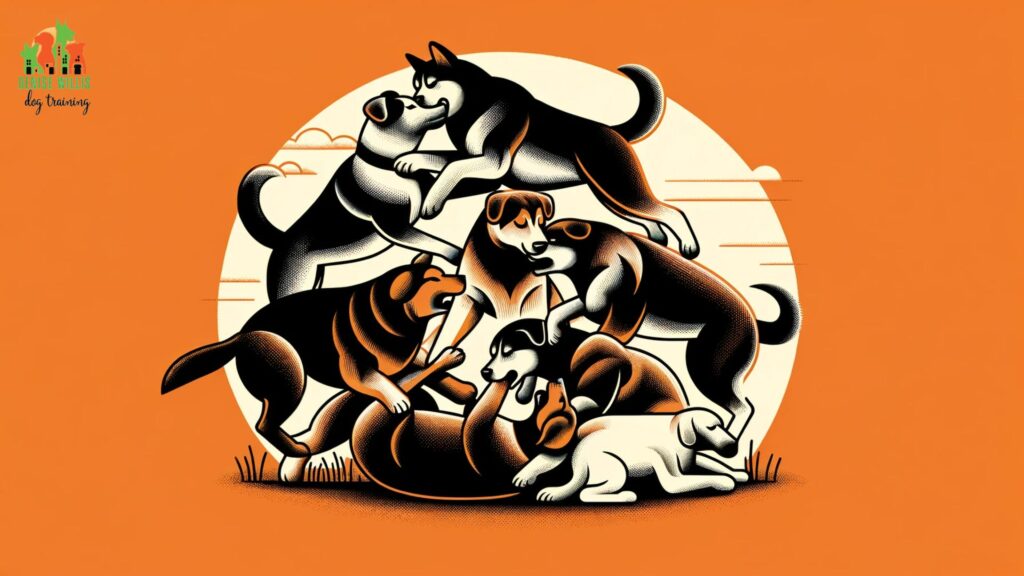
Signs of Aggression in Dogs
While a certain level of roughness is normal in dog play, you want to look out for any behaviors that seem overly forceful or one-sided. These are some of the most common indicators of aggression:
Stiff, Tense Body Language
A dog’s overall body language can reveal aggression before the situation further escalates. Stiff, rigid movements plus a tense facial expression signal your dog is feeling combative rather than playful.
Bared Teeth/Growling
Notice the specifics of any growling or teeth-baring during interactions between dogs. More aggressive displays involve louder, harsher growling paired with a wrinkled muzzle to expose teeth.
Bullying/No Role Reversal
One dog constantly dominating or refusing to allow the other dog to retreat signals bullying rather than equality in play. Taking turns letting each dog “win” is a must for keeping play-friendly.
Harsh Lunging/Snapping
Repeated lunging or snapping toward another dog’s neck or body part is clearly meant to intimidate, not play. Gentle mouthing tends to focus on limbs rather than the head or neck.
Ignoring Cues to Stop
Even friendly dogs can sometimes accidentally play too roughly. But a well-socialized dog will immediately respond to yelps or other cues to ease up. Ignoring or escalating after those warnings is aggression.
Tail/Ear Posture
A dog holding their tail straight up and ears erect is expressing dominance over another dog. A lowered/wagging tail and relaxed ears signal friendlier intentions.
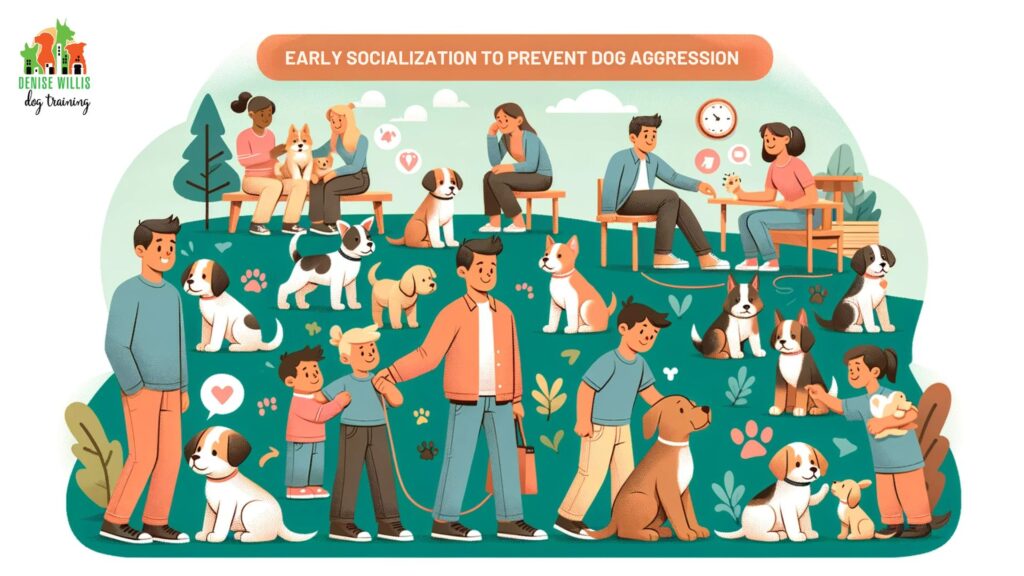
What Causes Aggression in Dogs?
Now that you know how to identify aggressive behavior versus normal playtime, let’s discuss what causes dogs to lash out aggressively. There are many contributing factors to dog aggression, but most tie back to one root cause – fear and stress. Common triggers include:
Fear
When dogs feel threatened or insecure in a situation, it can prompt reactive or defensive aggression. Fear is perhaps the most common emotional trigger for aggression toward people and other animals.
Protecting Territory/Resources
Aggression connected to guarding territory, toys, food, or other resources is also common. Dogs may show aggressive behavior if they perceive another dog as a threat to their valuables.
Establishing Dominance
Dogs displaying dominance or “alpha” aggression believe they must assert themselves as the leader through force. This often occurs between two unneutered males.
Table 2: Eliciting Triggers and Warning Signals for Aggression
| Aggression Type | Common Triggers | Early Warning Signals |
|---|---|---|
| Territorial | Guests at door, yard trespassers | Barking, pacing, guarding entrances |
| Fear-based | Loud noises, unfamiliar people | Lip licking, yawning, hiding |
| Protective | Restraint, physical handling | Growling, whale eye, stiffening |
| Possessive | Taking away toys or food | Freezing, hard stare, gulping |
| Predatory | Fast movements, small animals | Stalking, intense focus, chasing |
Pain/Discomfort
Dogs feeling pain from an injury or health condition may react aggressively when touched near the pain source. Their aggression stems from a defensive reflex.
Lack of Proper Socialization
Puppies that do not receive adequate positive exposure to people, dogs, sights, and sounds during a short early socialization window are at greater risk for fear-based aggression later in life.
Redirected Aggression
Sometimes a dog shows aggression toward a person/animal that is not the true source of their stress or frustration. This displacement of aggression can seem confusing.
Possessiveness Over Owner
Some dogs show aggression toward other dogs and people because they feel a compulsive need to protect or guard their owner. This stems from a possessive attitude.
Predatory Drive
Strong predatory instincts cause certain dogs to show uncontrolled chasing or biting behavior toward other animals, even while playing. This is more common in certain breeds.
Medical Condition
While rare, medical issues affecting brain function like epilepsy, dementia, brain tumors, and thyroid disease can lead to or worsen aggression in dogs.
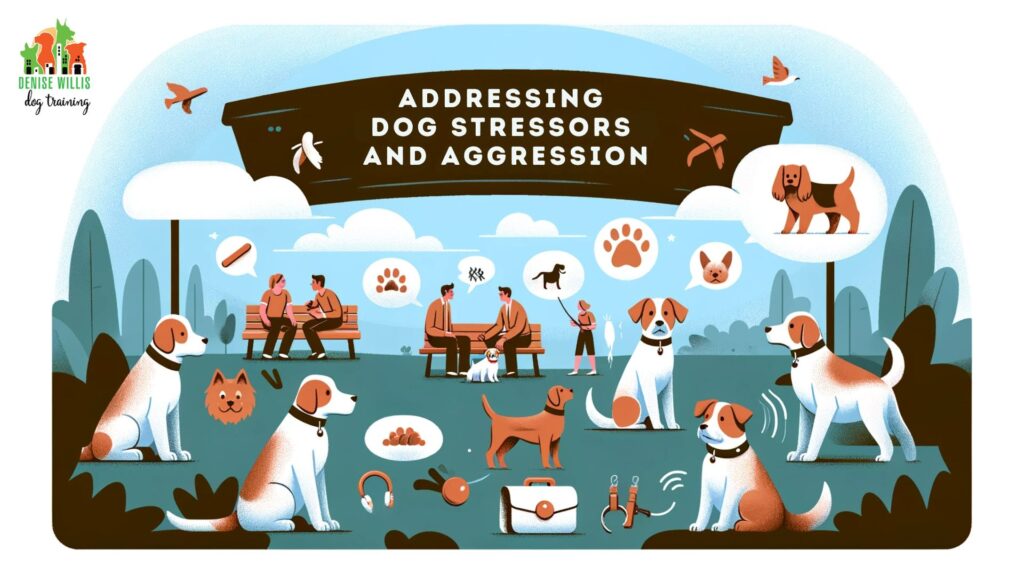
Are Some Breeds More Aggressive?
Dog breeds certainly have tendencies – some were bred specifically for traits like hunting skill, protective instinct, or bull-baiting strength. So while genetics play a role in a dog’s temperament, it does not doom certain breeds to be viciously aggressive.
In fact, a landmark study analyzing dog bite fatalities discovered breeds disproportionately labeled “aggressive” were no more likely to bite than any other breed. Things like a dog’s socialization, training, stress levels, and owner responsibility were bigger determinants of aggression.
Instead of judging a dog by its breed, focus on understanding your individual dog’s personality and needs. Provide adequate exercise, training, structure, and veterinary care to set them up for success.
Tips for Preventing Aggression
Now that you know what might prompt aggressive behavior in your dog, here are some tips to curb it:
Start Socialization Early
Make socialization a top priority from puppyhood through adulthood. The more positive experiences a dog has with other dogs, people, and environments, the less likely they are to feel threatened by new situations later on.
Stick to Positive Reinforcement Training
Skip punishment-based training, which can magnify a dog’s fear and anxiety. Reward-based training using praise, treats, and toys will build confidence.
Closely Supervise Dog Interactions
Always pay close attention anytime your dog interacts with new dogs or people. Be ready to redirect any roughhousing that starts escalating.
Intervene at First Sign of Trouble
If you spot early signs of fear, tension, or aggression, immediately separate your dog from the trigger. Defuse the situation before it intensifies.
Neuter/Spay Your Dog
For male dogs especially, neutering can curb hormone-driven aggressive tendencies tied to mating instincts and dominance disputes. Consult your veterinarian about the right age to spay or neuter your pet.
Maintain Proper Exercise & Enrichment
Make sure your dog gets adequate physical and mental exercise every day. A tired dog is less likely to act out. Provide puzzle toys, training games, quality walks, and playtime.
Establish Clear Rules and Structure
Reinforce rules like no jumping on guests or guarding food/toys. Dogs behave better when they understand boundaries. Stick to consistent daily routines as well.
Address Any Underlying Stressors
Think about any recent changes or stressors that could be affecting your dog’s behavior, like a new baby, pet, or houseguest. Reduce triggers when possible and use calming aids as needed.
Consult a Trainer or Behaviorist
For dogs displaying persistent or severe aggression, consult certified professionals like veterinary behaviorists, certified applied animal behaviorists, or credentialed dog trainers. They can provide customized behavior modification plans.
Table 3: Humane Equipment for Dogs Prone to Aggression
| Equipment | Purpose | Sample Uses |
|---|---|---|
| Basket muzzle | Allows panting and treats while preventing bites | Greeting visitors, vet visits |
| Martingale collar | Provides control without choking | Walking near triggers |
| Front clip harness | Redirects dog’s attention to handler if needed | Crowded areas like dog parks |
| Crate | Confines dog safely when unsupervised | During child playtime, eating |
| Baby gates | Allows confinement to certain rooms | When guests are over |
Common Aggression Prevention Mistakes
Pet parents seeking to curb aggression should also avoid these ineffective (and sometimes harmful) strategies:
- Punishing growling: This risks teaching your dog not to warn before biting. Growling is communication, not the problem itself.
- Yelling: Loud, angry disciplining can make dogs more defensive. Use a calm, firm tone instead.
- Being overly permissive: Allowing unwanted behaviors sends mixed messages. Set and enforce clear expectations.
- Pulling on a leash: Forcefully yanking on a tense dog’s leash or collar will likely intensify reactivity.
- Too little exercise/stimulation: Dogs with pent-up energy frequently start seeking “bad” outlets like rough play. Prevent this with ample activity suited to your dog’s needs.
- Assuming “dominance” is the issue: While establishing hierarchy is part of play-fighting, most problem behaviors are motivated by fear, anxiety, or natural instincts – not a desire for power. Avoid overly harsh corrections.
- Punishing warning signs: It’s natural for your dog to show initial warnings like growling before resorting to aggression. Do not punish appropriate warning communication. Heed the message that your dog is uncomfortable.
When Is Aggression a Serious Concern?
Most dogs will display some degree of resource guarding, fear-based reactivity, or dominance-related scuffles at some point. However, more serious behavioral intervention is warranted if aggression includes:
- Biting that breaks the skin or causes injury
- Unprovoked attacks or unpredictable “snaps”
- Any targeting of people rather than dogs
- Aggression that is increasing in frequency or severity
Extreme aggression left unchecked can spiral into danger for you, your dog, and others. Immediately contacting qualified professionals for help at the first signs of serious aggression is crucial. In very severe cases aggression can even require euthanasia if deemed unmanageably dangerous by a veterinary behaviorist. Take all incidents of concerning aggression seriously and act quickly.
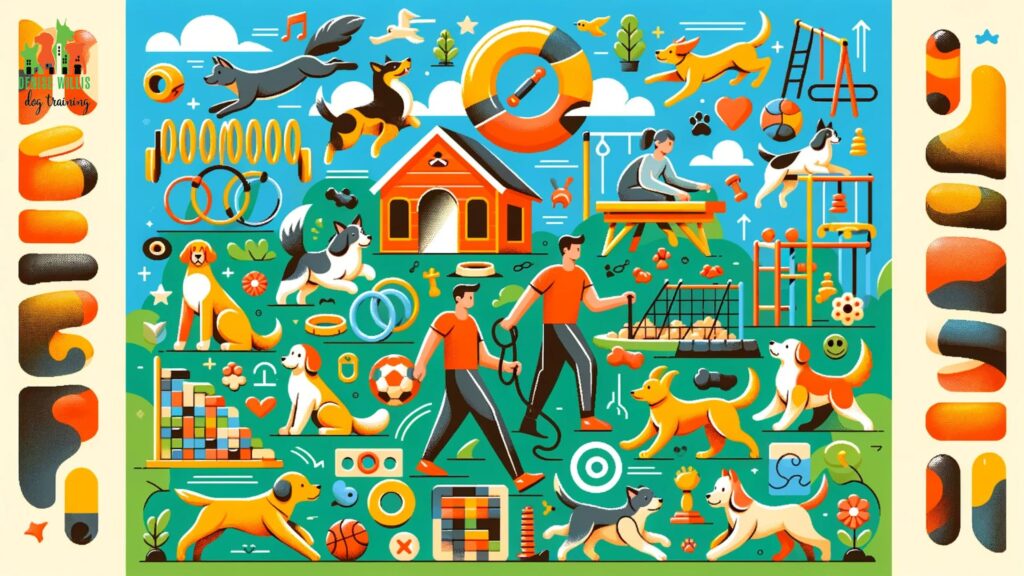
The Takeaway: Play Nice!
Hopefully, this guide gave you a better grasp on distinguishing your dog’s playful antics from acts of aggression. Remember, nearly all dogs will scuffle on occasion – it’s communicating in “dog speak” after all!
The keys are understanding aggression triggers, watching your dog’s signals closely, intervening at the first sign of trouble, and emphasizing positive reinforcement training. With time, patience, and consistency you can help even typically “grumpy” pups learn to play nice with others!
Recommended Products for Safe Play and Training
To help you implement the strategies discussed in this guide and ensure safe play for your furry friend, we’ve curated a list of top-rated products available on Amazon. These items can aid in training, enrichment, and managing interactions between dogs.
Product Recommendations:
- KONG Classic Dog Toy: Durable rubber toy for interactive play and mental stimulation.
- PetSafe Easy Walk Dog Harness: Front-clip harness for better control during walks, especially helpful for reactive dogs.
- Outward Hound Nina Ottosson Dog Puzzle Toy: Interactive puzzle game for mental enrichment and reducing boredom-related behaviors.
- ThunderShirt Classic Dog Anxiety Jacket: Helps calm anxious dogs in stressful situations, potentially reducing reactive behaviors.
- Zuke’s Mini Naturals Dog Treats: Small, low-calorie treats perfect for positive reinforcement training.
Remember, while these products can be valuable tools in managing your dog’s behavior and promoting positive play, they should be used in conjunction with proper training techniques and professional guidance when needed.
Always supervise your dog during play and training sessions to ensure their safety and reinforce good behaviors.
Further Reading on Dog Aggression
To deepen your understanding of dog aggression and its various manifestations, we’ve compiled a list of related articles from our website. These resources cover specific aspects of aggression and provide valuable insights for dog owners facing different challenges. Please check them out.
Related Articles:
- Dog Aggression Solutions: A Complete Guide to Stopping Aggressive Behavior in Dogs
- Causes of Dog Aggression: A Revealing Exploration into the Heartfelt Struggles of Our Furry Friends
- Signs of Aggression in Dogs: How to Identify and Respond to Them for a Harmonious Home
- Dog Aggression Toward Children: Understanding the Root Causes and Effective Solutions
These articles offer in-depth information on various aspects of dog aggression, from general solutions to specific situations involving children.
By exploring these resources, you’ll gain a more comprehensive understanding of aggressive behaviors in dogs and how to address them effectively.
Remember, each dog is unique, and professional guidance is often crucial in managing aggression issues.
Final Thoughts: Get Personalized Help From the Experts at DW Dog Training
Dog aggression is a complex topic, and determining if your own pup’s behavior has crossed the line from play into problematic aggression territory can be challenging. At DW Dog Training, our experienced trainers have worked with countless dogs just like yours to safely and effectively curb concerning behaviors.
If your dog is exhibiting any signs of unwarranted aggression like unprovoked biting, snapping, or attacking, we strongly advise promptly contacting our skilled team for professional guidance. We offer customized evaluations to accurately identify your dog’s triggers and motivation, followed by the creation of a tailored training plan using proven force-free behavior modification techniques.
With our compassionate approach and expertise, we can provide the solutions you need to get your dog’s aggression or reactivity under control. Our end goal is always to help both you and your dog stay happy, healthy, and safe. Reach out to our knowledgeable trainers today to take the first step toward correcting your pup’s behavioral challenges. With our support, you’ll get the most out of your bond with your furry companion.

